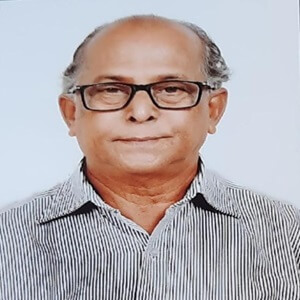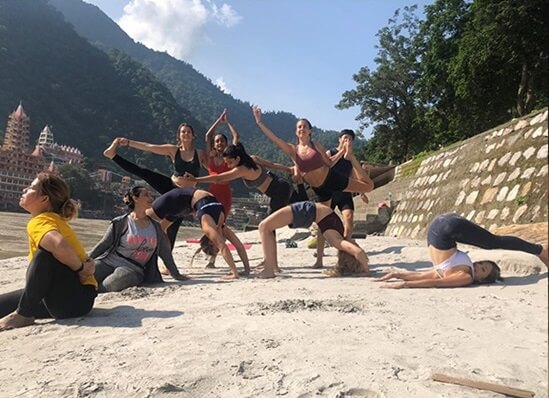- Origins of Nada Yoga: The course delves into the historical and philosophical roots of Nada Yoga, elucidating the origins of this practice centered around the sacred sound.
- Types of Nada Yoga: Participants will be introduced to the various types of Nada Yoga, gaining insight into the distinct characteristics and applications associated with each variant.
- Practicality vs. Philosophy: A critical examination will be undertaken to distinguish between the theoretical underpinnings and the practical applications of Nada Yoga. This involves exploring whether the practice is predominantly philosophical or if it has tangible, practical aspects.
- Impact on Body and Mind: The course provides a detailed analysis of the effects of Nada Yoga on the physical body and the mental state. Participants will gain an understanding of how engaging with sacred sound influences holistic well-being.
- Connection with Indian Music: Exploring the symbiotic relationship between Nada Yoga and Indian music, the course highlights how the practice draws inspiration from and contributes to the rich heritage of Indian musical traditions.
- Mantras and Nada Yoga: The course elucidates the relationship between mantras and Nada Yoga, emphasizing the role of vocalized sounds in the practice and their significance in the spiritual journey.
- Utilizing Nada Yoga for Healing: Practical applications of Nada Yoga in the context of healing will be explored. Participants will learn how to harness the power of sound vibrations for therapeutic purposes and overall well-being.
- The course extends beyond these core components, promising a comprehensive understanding of Nada Yoga. Participants can expect to acquire both theoretical knowledge and practical skills, enabling them to integrate the sacred sound into various aspects of their lives, fostering personal growth and potential applications in healing practices.
Course Highlight:-
Course : 200 Hours Nada YTTC Duration: 22 Days Date: 03rd to 25th Every Month Certification: YOGA ALLIANCE USA Level: Intermediate Module: Residential With MealsCourse Fees
Duble Sharing Room: US $1599
Private Room:






















